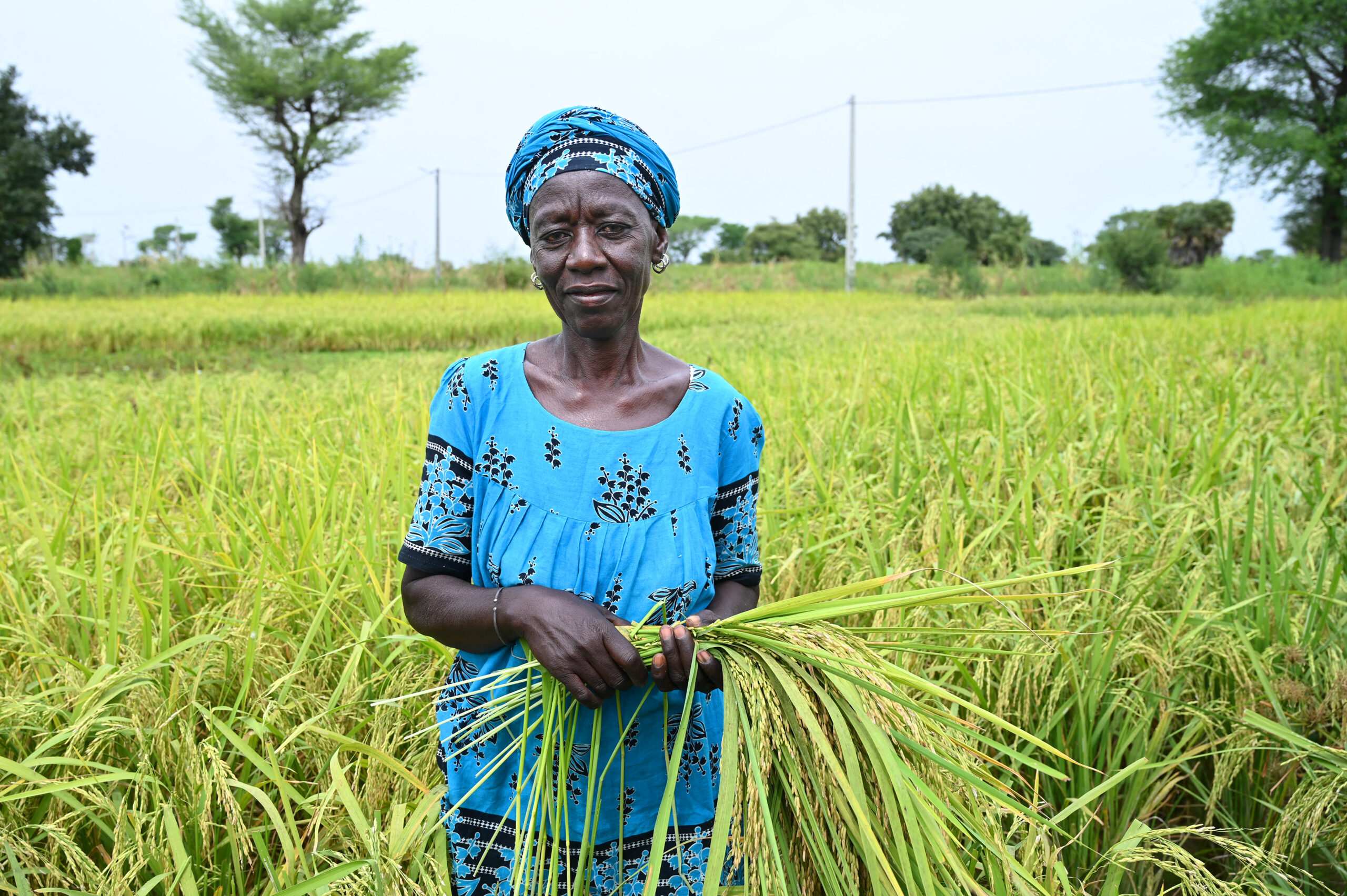The Bank acts as the financial arm of the Central American Integration System (known as SICA: Sistema de la Integración Centroamericana) in support of SICA’s strategic societal, economic and development goals.
CABEI commits to ensure efforts towards social development, economic competitiveness and regional integration, as well as their environmental viability.
The Bank is the main source of development capital in its traditional home – and increasingly in the wider region that now includes Panama, the Dominican Republic and Belize.
CABEI in context
The Bank’s leadership plays an active role at all major international financial and development bank meetings: thus, it seeks to engage with shareholders, investors, financial institutions and with other multilateral lenders. This article presents an up-to-date account of its remarkable story to participants in the global capital markets and opinion formers interested in the accelerating integration of CABEI’s home region. A big part of that story is the greater participation by international partners in the region’s collective economy, as you will see.
CABEI’s regional member countries have a combined population of over 59 million. To put the scale of the Bank’s sphere of activities into a regional context, the combined nominal GDP of those countries is $337 billion: in fourth position after the Latin American heavyweights of Brazil, Mexico and Argentina.
Beginnings of a new focus: redefining the Central American region
The cornerstone of CABEI’s enhanced approach was laid in 2016, when modifications and reforms to the Bank’s Constitutive Agreement came into force.
For historical reasons, Panama has always been considered apart from the Central American region as commonly defined. That is starting to change. The recent full integration with CABEI of the Republic of Panama – with all its strategic, geopolitical and financial services strengths and high-growth economy – has been of huge significance. Panama increased its shareholder participation as a regional member country: the Bank opened a regional office there in January.
At the other end of CABEI’s shared geography, Belize – with its population of 400,000 and now recovering fast from economic and financial crisis – changed its status to Non-Founding Regional Membership. Regional member countries stretch from the Mexican border in the north to Colombia’s in the south – and both Colombia and Mexico are non-regional members of CABEI, as are Argentina, Spain and the Republic of China (Taiwan).
A major refocusing of CABEI’s reach has also come with the accession as a full member of the fast-growing economy of the Dominican Republic (where GDP growth has averaged over 6% in the last five years). As such, the Bank expects to open a regional office there in the near term.
The accession of the Dominican Republic and Panama brings new paid-in capital to the Bank of almost $100 million over a four-year period: half of which has already been received. The commitment of the new shareholders is not in doubt.
Furthermore, CABEI became last year the first multilateral organisation to accept Cuba as a member, contributing further to the geographic diversification of its portfolio.
Symbolically, the vote by CABEI’s Board of Governors to increase the Bank’s authorised capital from $5 billion to $7 billion took place at its 58th Governors’ Meeting – in the Dominican Republic.
Outside the region: a transformative new member
The non-regional membership of CABEI has been dramatically enhanced in 2018 by the incorporation of the Republic of Korea: the second Asian member after the Republic of China (Taiwan).
As one of the most technologically advanced countries in the world – with a remarkable growth and development story of its own – Korea will bring more than just capital to CABEI and its mission to grow the region’s economy, enhancing productivity, competitiveness and bridging the infrastructure gap.
As with other new members, there is a four-year timescale for Korea’s capital subscription of $450 million.
The imminent incorporation of the Republic of Korea to join CABEI has been a keynote example of the recognition of the Bank’s region as a strategically important player in the global economy – for trade, investment, logistics, manufacturing, agriculture, commodities, tourism and a host of service sectors: a fine endorsement by a G20 member and the world’s 11th largest economy – and a dramatic reinforcement of CABEI’s shareholder base.
The rebalancing of CABEI’s loan portfolio
The geographical diversification of the Bank’s loan portfolio sees an accelerating rebalancing away from founding member countries – although those still account for the majority of the present loan book. Furthermore, sovereign credits now comprise the overwhelming proportion of loans extended, as CABEI consolidates its position as the primary actor in financing Central American countries’ infrastructure needs.
Credit ratings and capital markets activity
CABEI has long been a known credit in the international bond markets – its excellent record of governance and top-level financial management and leadership make it a favourite of portfolio managers. It has a diversified funding base, having placed debt in 23 markets in 22 currencies.
As we enter 2019, CABEI is on the cusp of becoming the highest rated entity in Latin America. In June 2018, Moody’s Investors Service gave CABEI’s A1 rating a positive outlook; its long-term rating from Standard & Poor’s was raised shortly afterwards to A+ with a positive outlook; by August, Fitch Ratings also assigned a positive outlook to the A+ rating it had awarded the Bank a year earlier.
In their analysis, all the credit rating agencies cited the Bank’s expanded shareholder base, its portfolio diversification, enhanced status as a preferred creditor – noting that, despite liquidity problems elsewhere, member country El Salvador ran no arrears with CABEI in 2017 – and, as S&P put it, its “transparent, prudent and independent” governance.
The raters also noted that CABEI’s liquidity reserves would allow a full year’s operations and debt service should extreme bond market conditions deny market access.
In conclusion… And an invitation
The Central American Bank for Economic Integration has a unique story. It is a growing and ever more solid financial actor in a pivotal and developing region of the world. In societal terms, economically and politically, the Central American region – now more broadly defined – must move as one to ensure prosperity and reduce poverty, lock environmental sustainability into development and improve governance and institutions. With the rest of the world, Central America faces economic, trade and environmental headwinds. CABEI is the financial partner for its region – and a solid, well-run and experienced issuer in the global debt capital markets.
CABEI is committed to international partnerships, old and new. It is committed to engage with bond investors, infrastructure financiers – and companies of all industries that want to grow business in a $337 billion economy!





